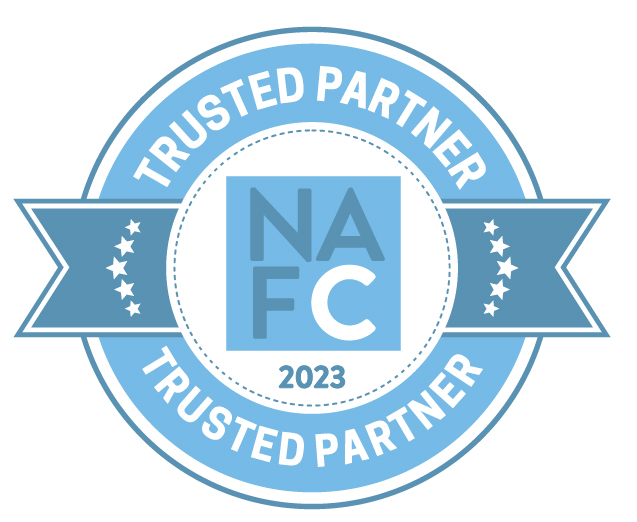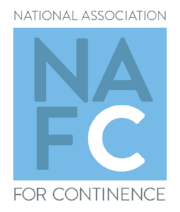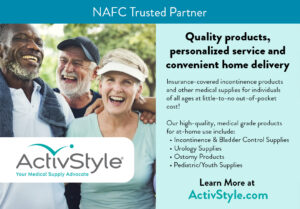Email Best Practices
Crafting more effective communications
Email is an excellent way to reach your patients with important information about their health and your practice, but it’s not always easy to craft an email that can effectively cut through all the inbox clutter. Here are some hints to help you get your patients’ attention and let them know that you have real, meaningful information for them:
- Think like your audience, not yourself – This is the number 1 rule of all communications. To get your message across effectively, you’ll need to think about what your audience wants to know and what they’re able to understand. In other words, give them information that’s relevant to them, that doesn’t sound like a medical textbook and that speaks in concrete terms to their particular symptoms and concerns.
- Set a schedule and stick to it – There’s a balancing act here: If you email too frequently, you run the risk of patients unsubscribing or simply marking your messages as spam. If you mail too infrequently, patients may not even recognize that it’s you when your message comes through. Try to send your notes with a degree of regularity – consider once every two weeks to start – and make sure that you’re clearly identifying yourself and your practice.
- Provide content of value – Generic messages and notes that feel like they were sent without any real purpose are a lot like the boy who cried wolf: They don’t just annoy people right now; they also make it less likely that you’ll be listened to in the future. Avoid this by making your messages meaningful to your audience. Not sure of what to send? Look through the resources here at NAFC.org – there are dozens of pages with content to choose from. You can even email our brochures and trackers directly to your audience, putting helpful, accurate and patient- friendly materials right in their hands.
- Get to the point – Let’s be honest: Odds are your patients aren’t waiting around for your email to come through. The less you make them work for the content you provide (and the more friendly your emails look), the more likely they’ll be to spend a few moments reading it – and getting value from it.
- Be reassuring – Consider just how much stress your patients are going through now – incontinence carries an enormous stigma that prevents many patients from seeking help. On top of that, many of them have concerns about visiting healthcare providers, especially if it means revealing something they find embarrassing. Helping them feel comfortable can go a long way towards getting them to reach out to you, make an appointment and get the care they need.
Free Ready-To-Use Content
Want more email best practices, plus free copy and templates? Sign up as a professional member of NAFC and you’ll get a kit with ready-to-use samples, plus more detailed guidance to help you promote your practice.









